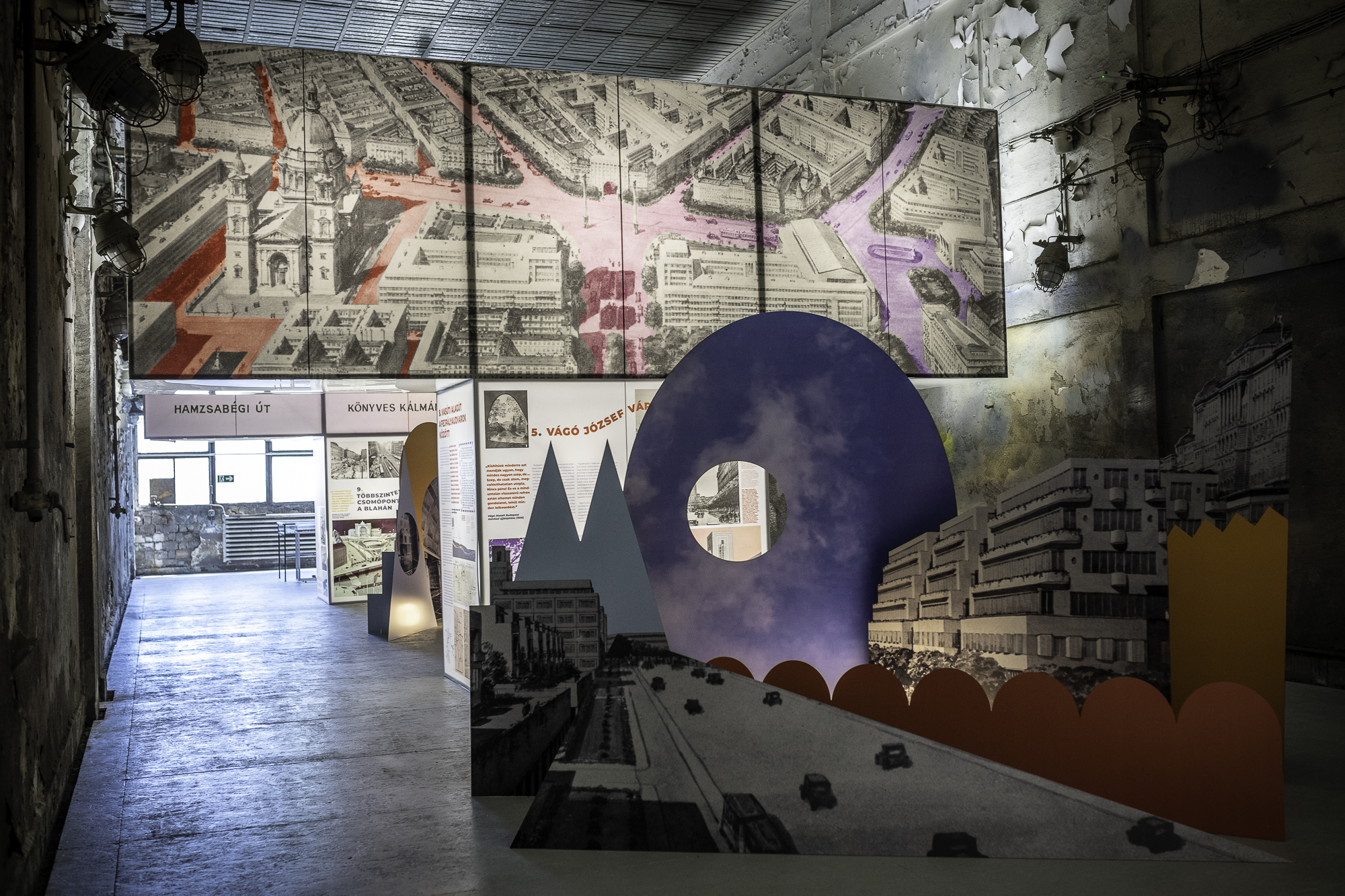Each era envisioned what Budapest would look like in the future.
Although there were no flying cars and highways like skyscrapers 150
years ago, there was never any shortage of grandiose plans.
Already at the end
of the 19th century and beginning of the 20th, urban planners were thinking
about how to make the city more liveable and better functioning.
Today we need more green space – yet engineers were even pondering a wide highway through the historic centre of Budapest.
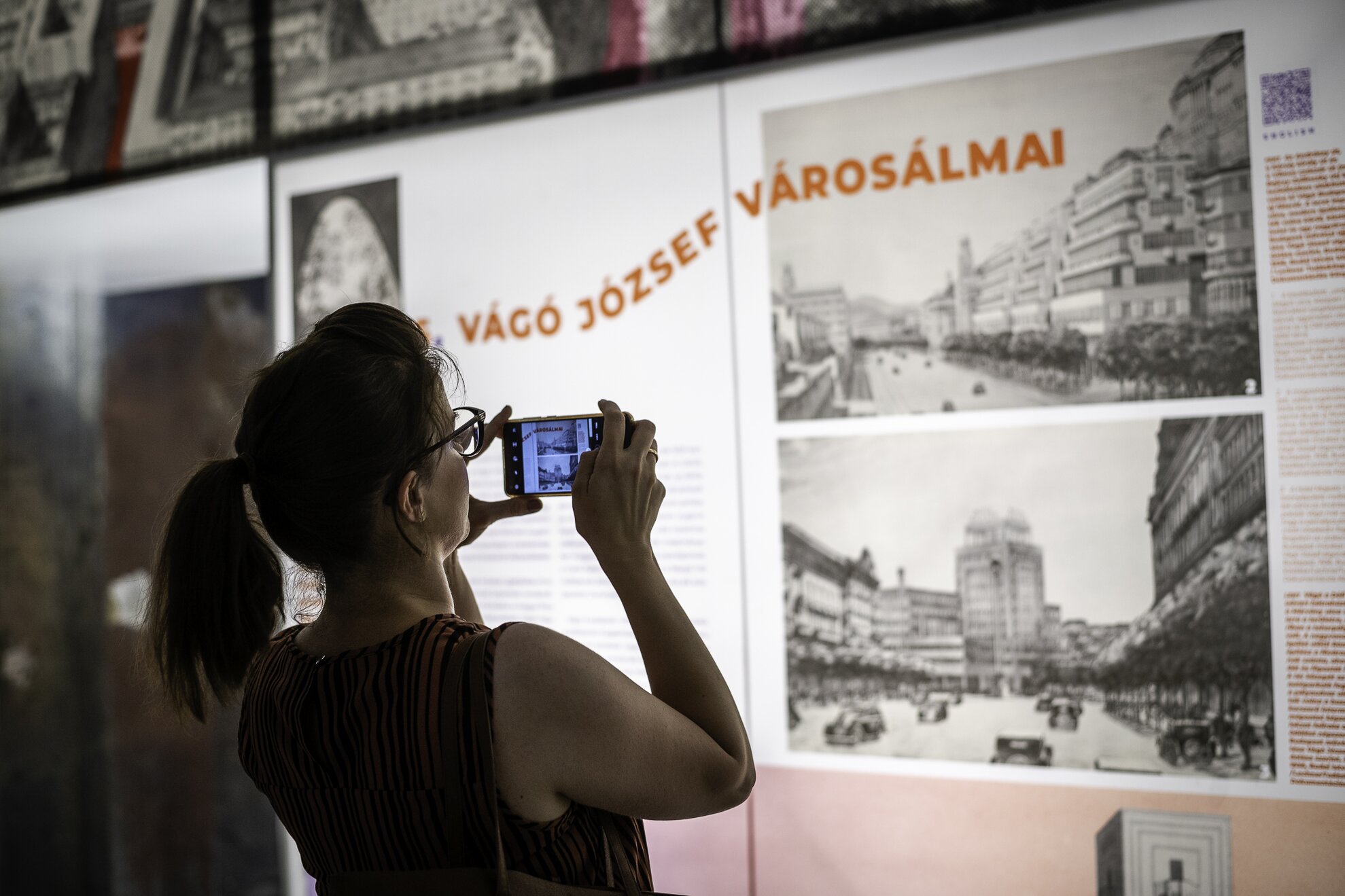
An exhibition at the Museum of Transport, Unbuilt Budapest, shows what an imagined capital would have looked like based on the transport plans of the last 150 years, using blueprints of metro lines, motorways, funiculars and boulevards, contemporary maps and newspaper articles.
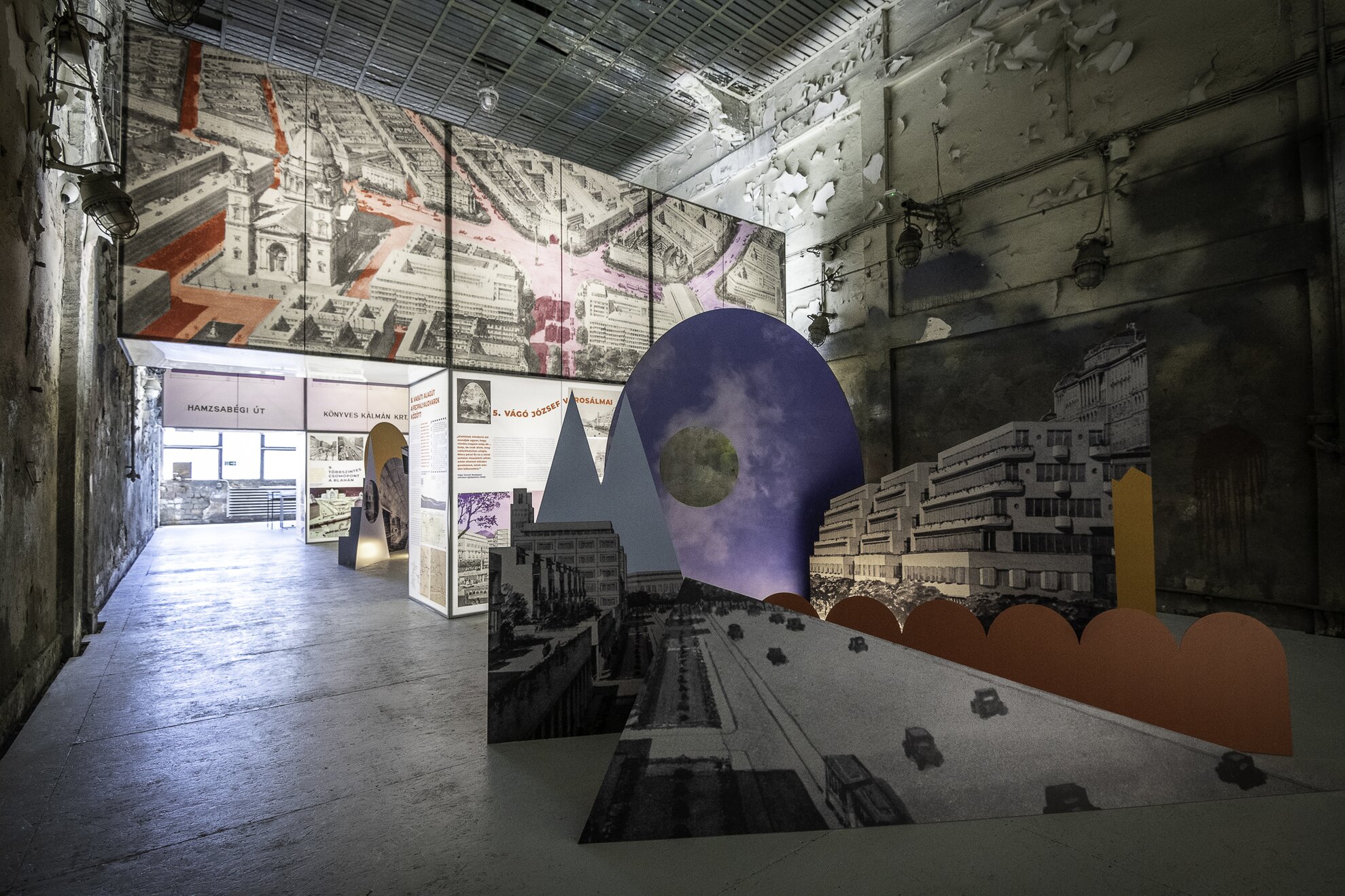
But the exhibition is much more than just a presentation of forgotten dreams on display boards. Ariadné Paradigma has designed a series of imaginative collages between the installations that depict these concepts as a whole or as separate pieces of thought. These are three in number: the tunnel from Parliament, the dreams of József Vágó and the Socialist-Realist metro all appear in 3D.
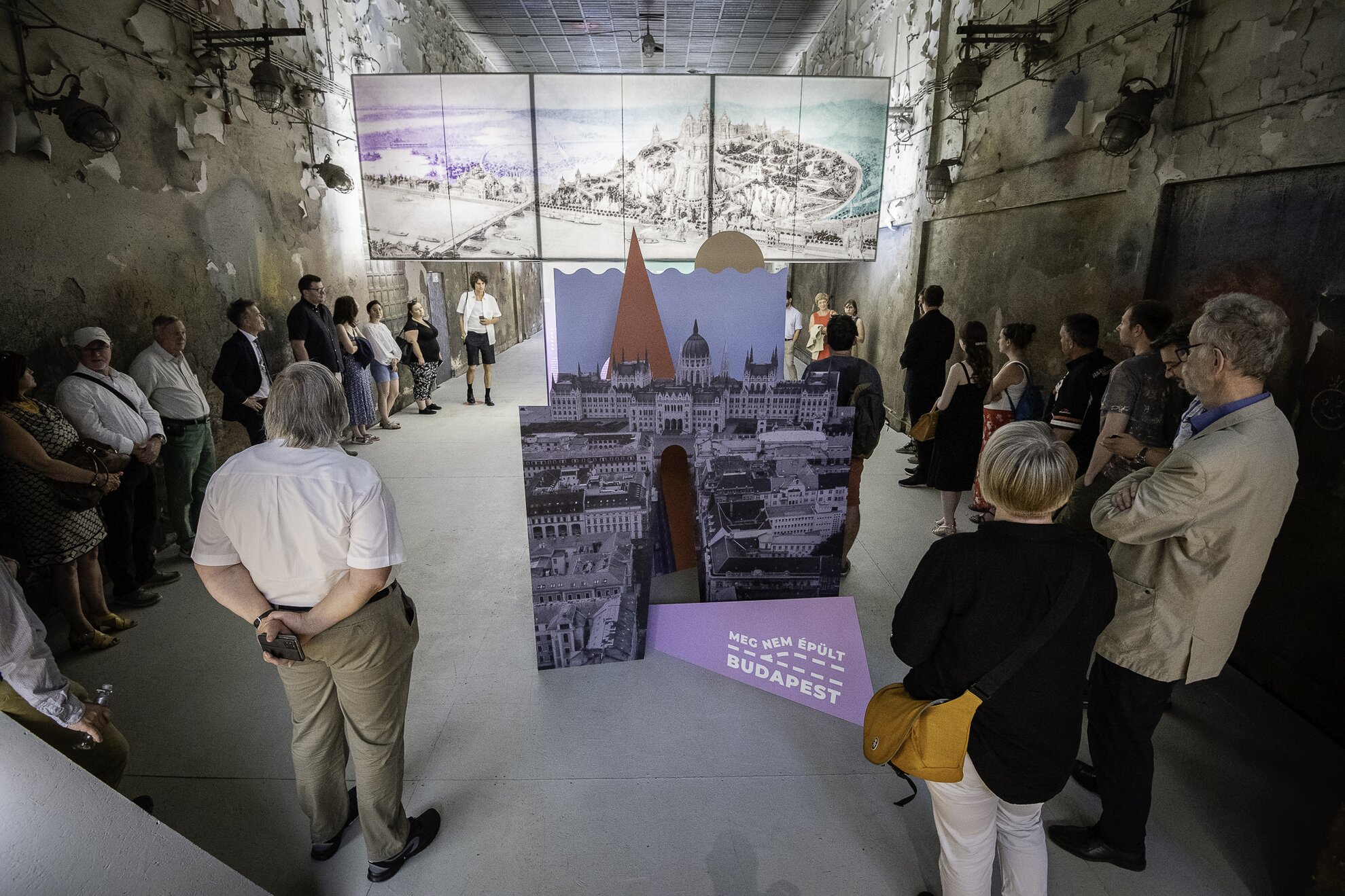
Although numerous exciting ideas were devised for the development of Budapest from the 1986 millennium to the construction of the metro in the post-war Kádár era, the curators have selected 12 still relevant today.
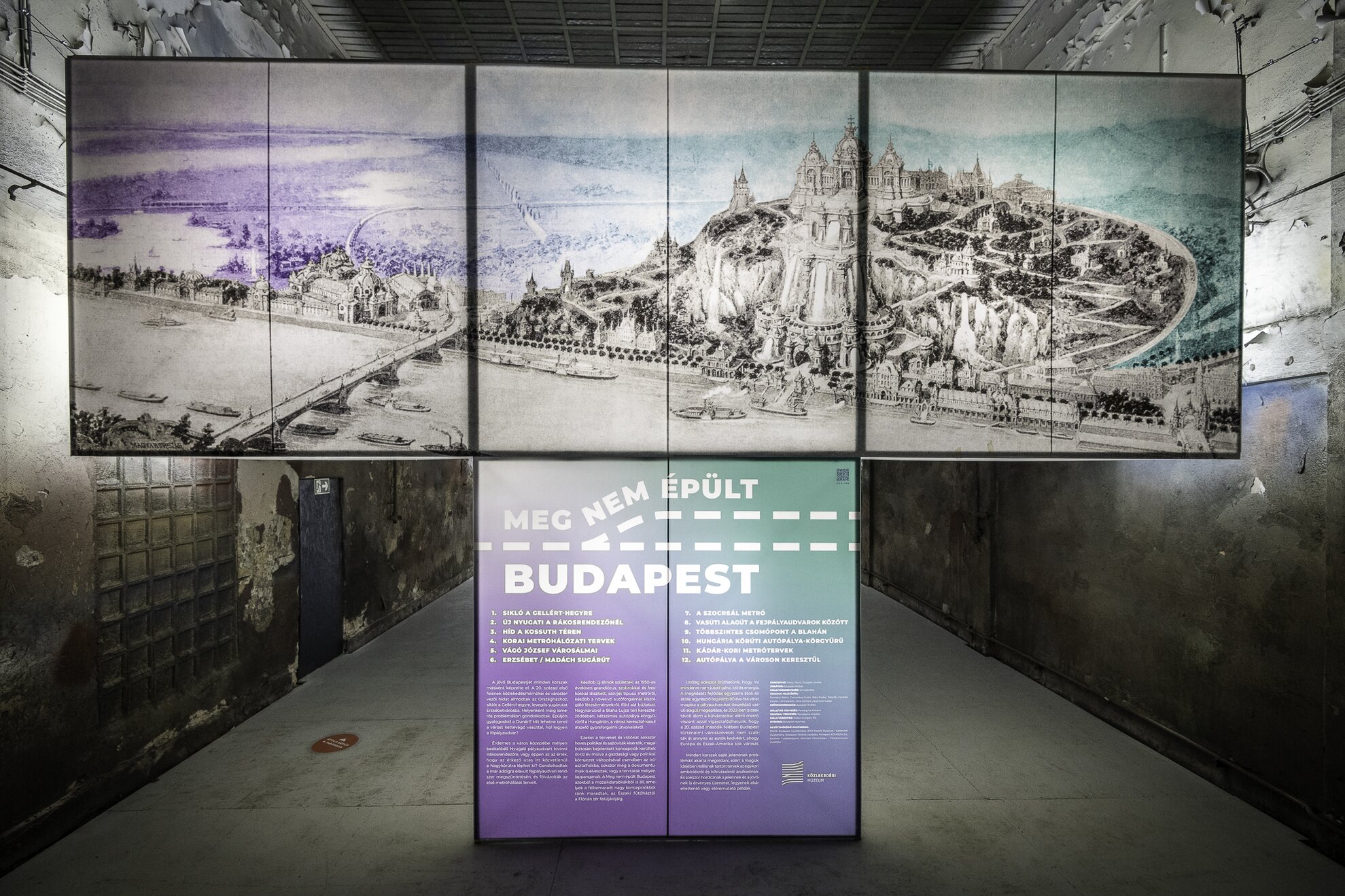
Today, you would be able to drive through a road tunnel under the Danube to
get from Parliament to Széll Kálmán tér, zoom along a multi-lane road that
is quaint Király utca and be accustomed to not having main railway stations.
A
huge neighbourhood in Tabán, with a highway, elegant residential areas and a
hotel, would have dwarfed the palaces on showcase boulevard Andrássy út.
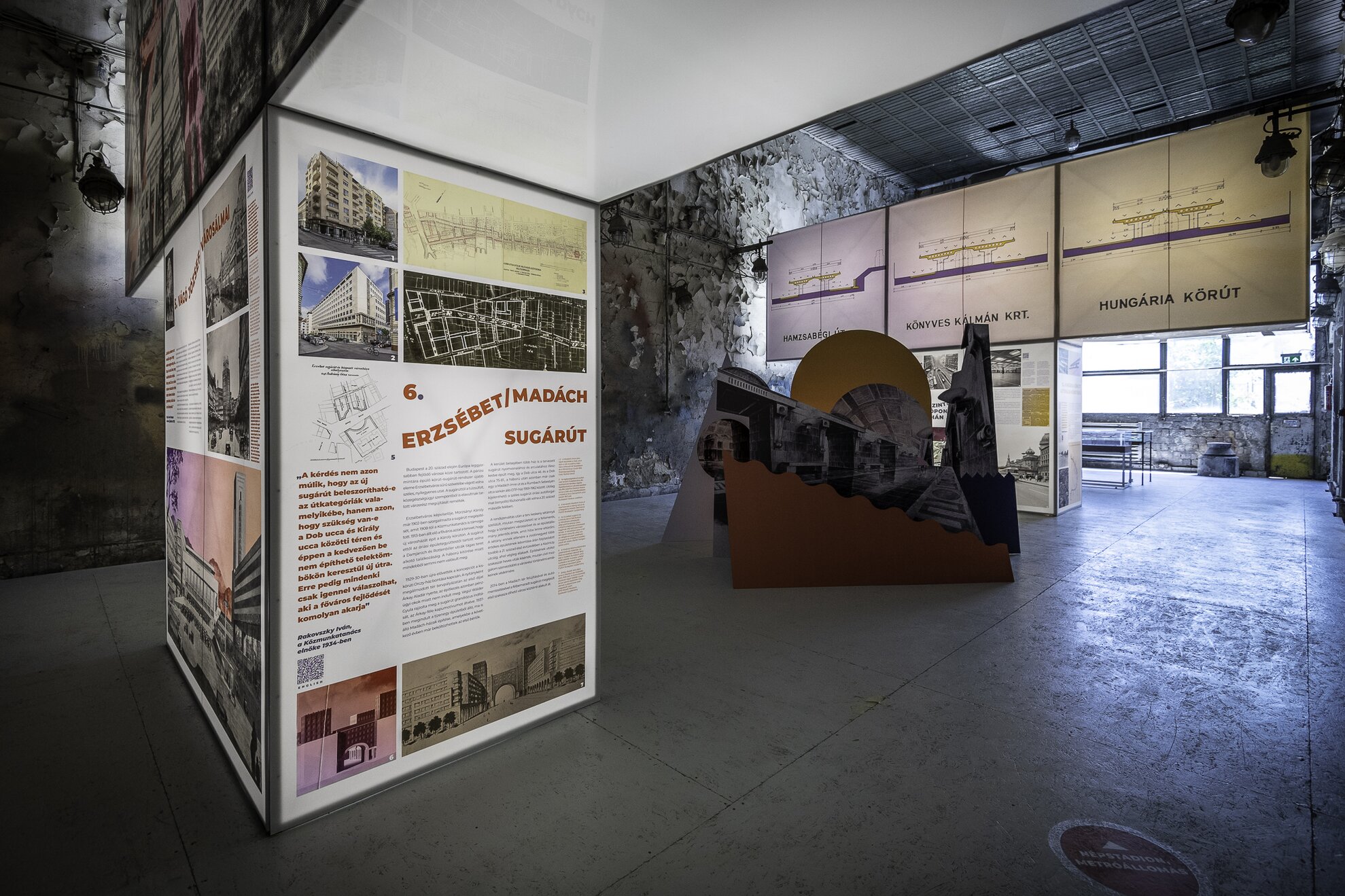
Many of these plans are still being considered by city planners today, such as a railway tunnel under the Danube or a cable car for Gellért Hill. Just as now, these visions were often accompanied by heated debates, before lack of money or war abandoned any thought of construction before it had even begun.
The plans for the first metro network were drawn up between the two world wars, and in the 1950s it was transformed into the Soviet model. Stations were decorated with huge statues and frescoes proclaiming the successes and goals of the workers’ movement.
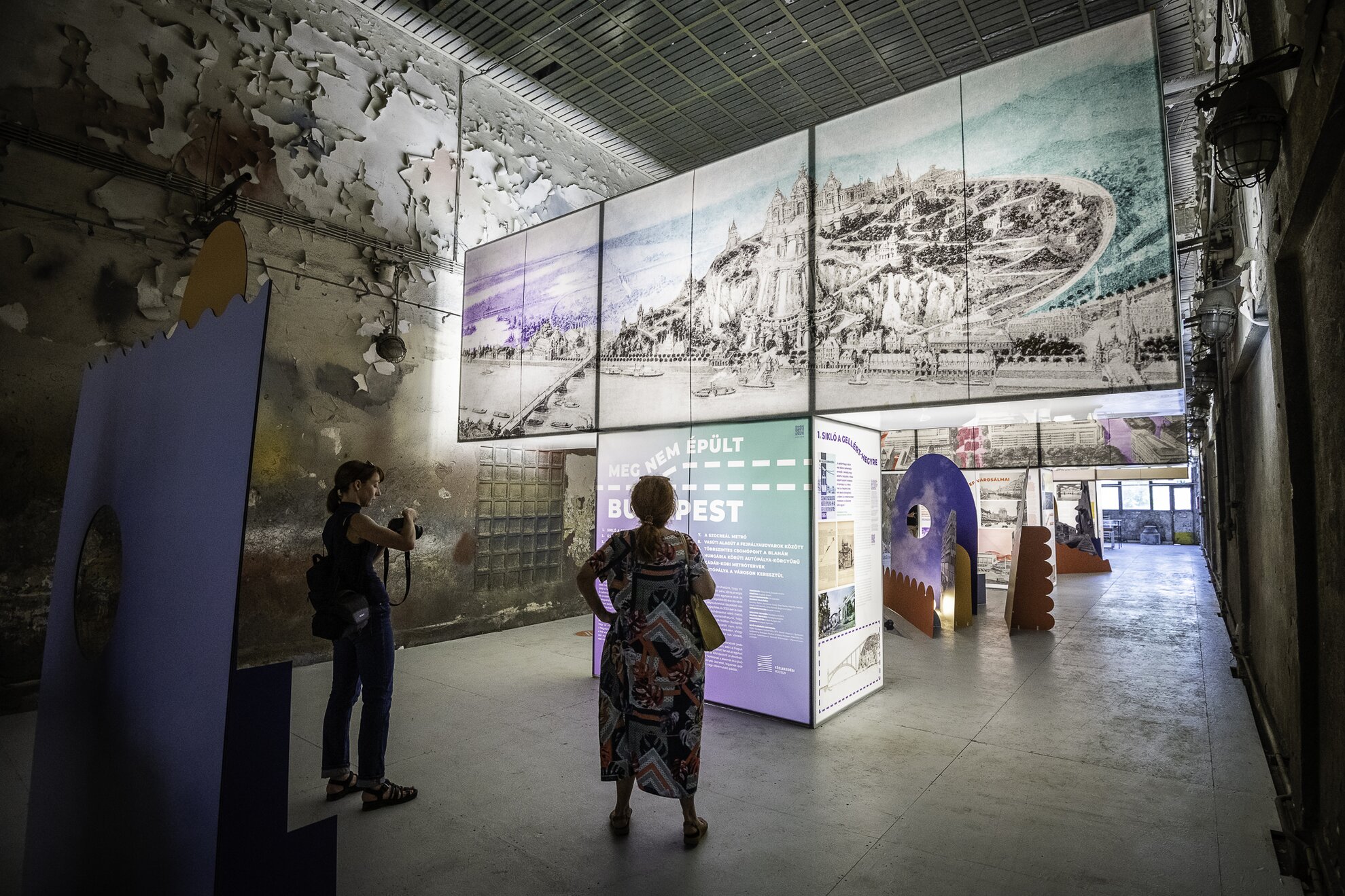
The construction of a Socialist-Realist metro would have exceeded the national budget, so the works had to be stopped, and the building of the completed station at Népstadion, decorated with domes and reliefs, was demolished.
Event information
Unbuilt Budapest
Museum of Transport
1101 Budapest, Kőbányai út 24-28
Open: Until 30 September Tue-Sun 10am-6pm
